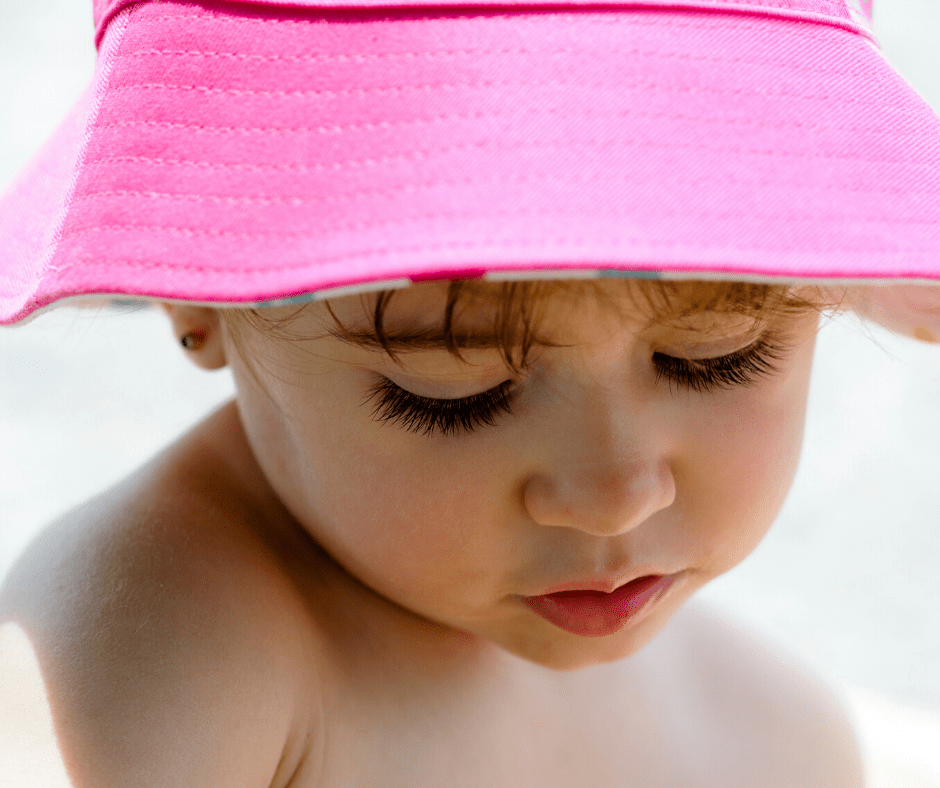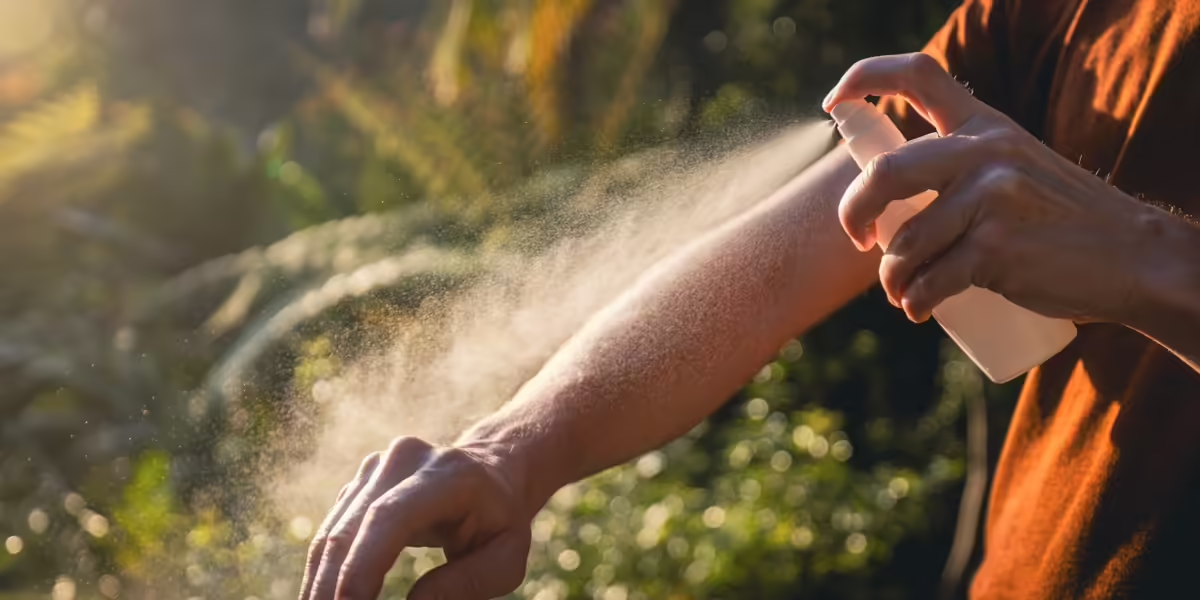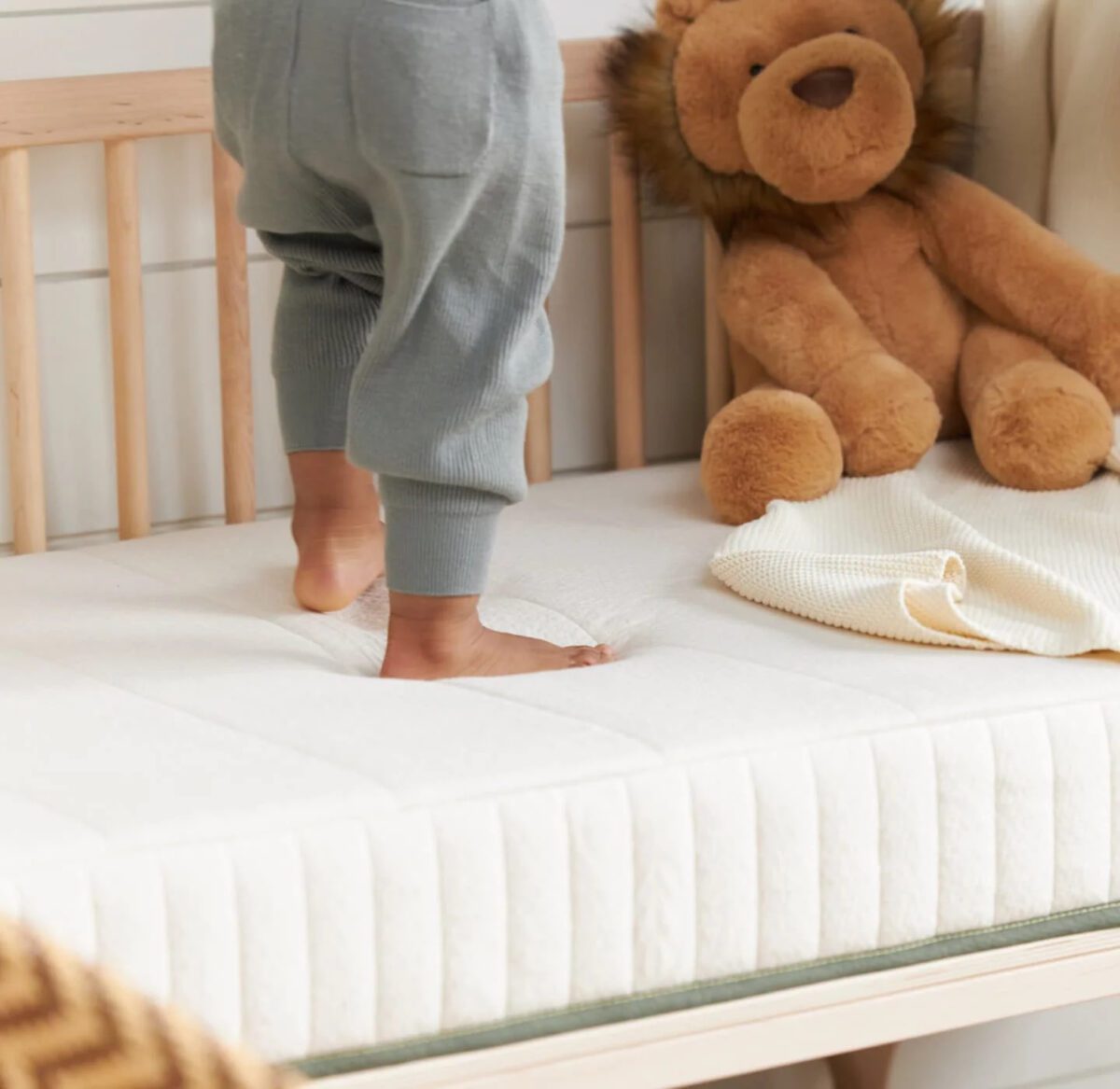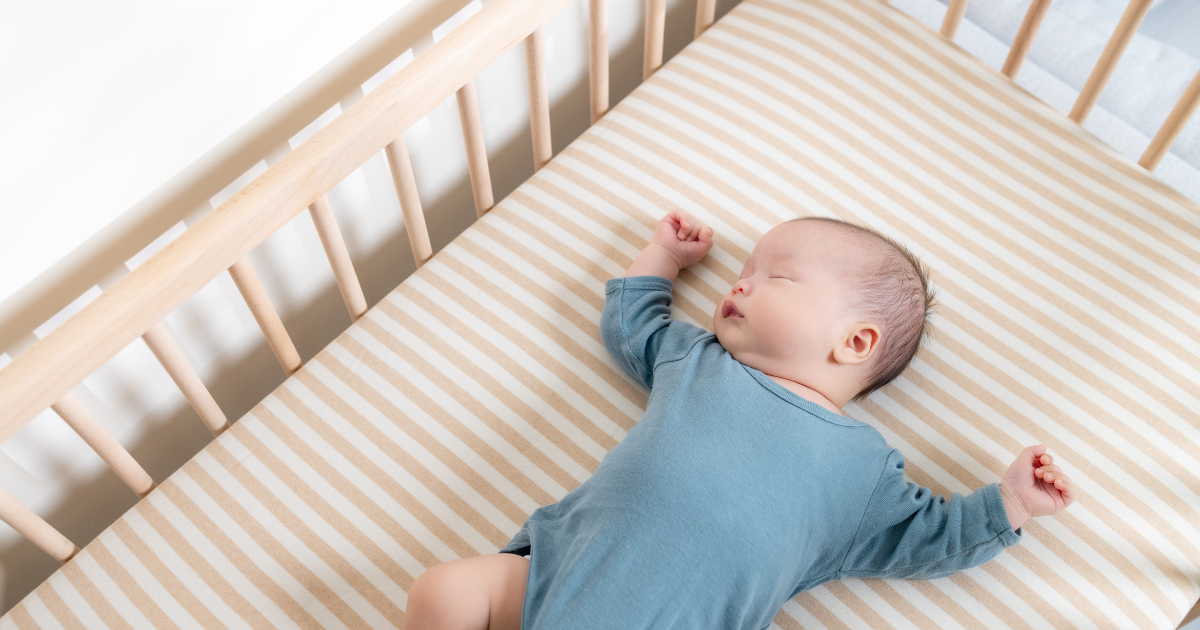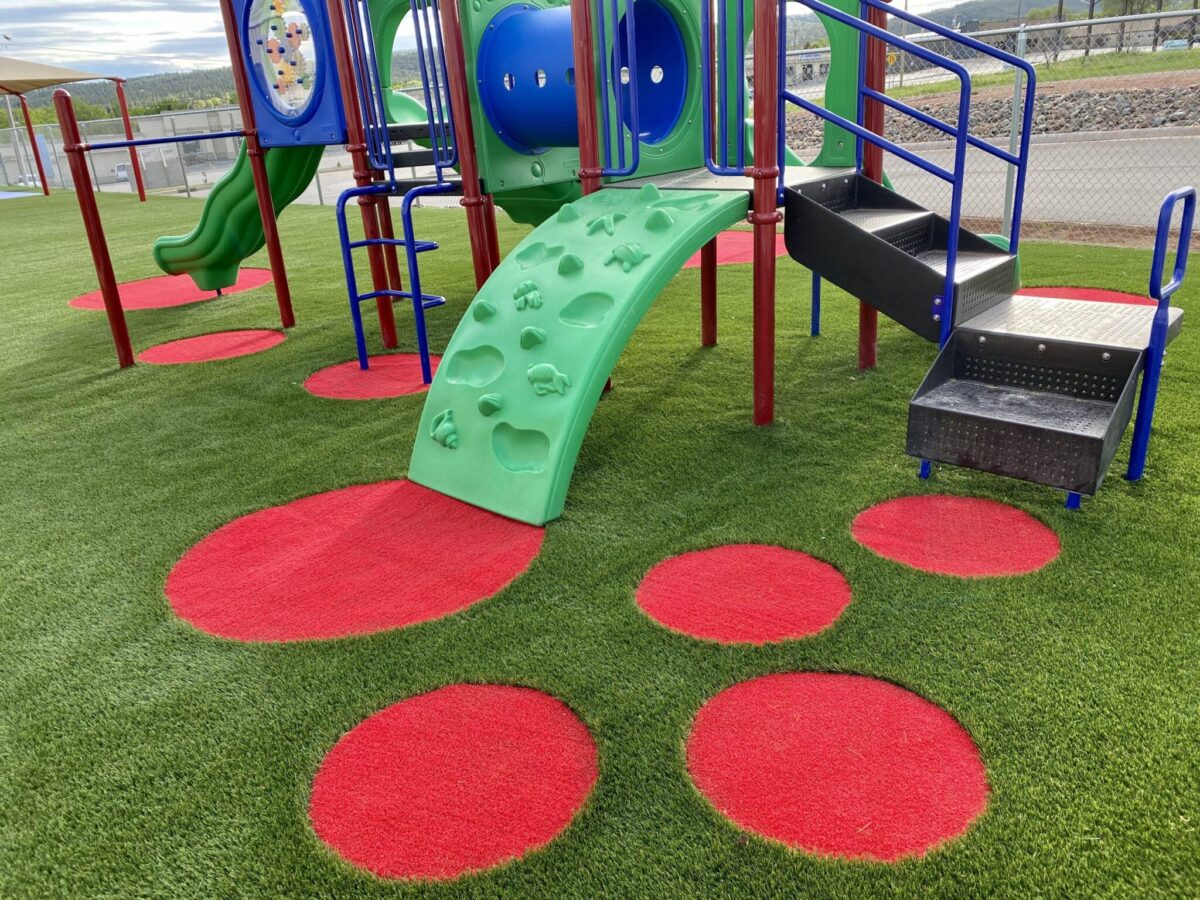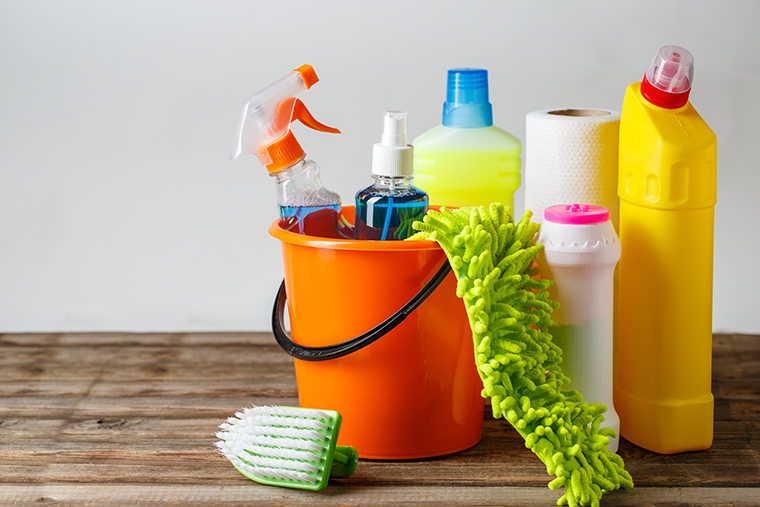Consejos: Seguridad bajo el sol
Use protector solar mineral (óxido de zinc o dióxido de titanio), aplíquelo 15 min antes del sol y repita según etiqueta. Utiliza sombreros, gafas de sol, ropa y sombra–Use mineral sunscreen (zinc oxide or titanium dioxide), apply it 15 minutes before the sun and repeat according to the label. Utilize hats, sunglasses, clothes, and shade.

